One morning last summer, my teenage niece was in the kitchen helping me get breakfast ready for my parents.
Holly lives in Georgia, and we have a good time exchanging food obsessions. Her family sends me things like Georgia peach butter, and in return I send them things like Maine blueberry jam and, for my brother’s last birthday, whoopie pies.
“You have such good bread here!” she exclaimed after a week of sampling Standard Baking baguettes and some luna bread from Micucci’s.
So I decided to really blow her mind by getting out the maple syrup.
Holly, like most American kids, grew up on the fake stuff made out of corn syrup and “maple flavoring.”
I told her to close her eyes and open wide, then put a teaspoon of pure Maine maple syrup in her mouth.
Her eyes grew big, and the expression on her face told me she’d never be satisfied with the fake stuff again.
And now there’s even more reason to stick with the real thing and attend Maine Maple Sunday events at participating sugarhouses this weekend: Recent research has uncovered a hidden benefit to eating maple syrup — it’s swimming with antioxidants that may help keep you healthy.
Navindra Seeram, an assistant professor in the Department of Biomedical and Pharmaceutical Sciences at the University of Rhode Island, found 54 antioxidants in maple syrup, five of which were new compounds. Several of them are compounds that are reported to have anti-cancer, anti-diabetic and anti-bacterial properties.
Seeram said he found the sheer number of antioxidants in syrup to be “mind-boggling.”
“What happens is the plant is naturally producing compounds to protect themselves, and these compounds are flowing in sap,” Seeram said. “When you’re boiling the sap down, when you’re reducing it, these natural antioxidants are persisting in syrup. They survive.”
Seeram’s research was funded by the maple syrup producers of Quebec, so one of the new compounds was named Quebecol. (“I got heat about that too, from Vermont,” Seeram said, laughing.).
No one knows if all of these beneficial compounds will actually have some kind of physiological effect in humans, or how much syrup you’d have to eat to benefit from them. That work hasn’t been done yet.
Certainly if it’s antioxidants you’re after, blueberries or some other antioxidant-rich fruit would be a better choice over sugar-laden maple syrup, Seeram acknowledges. But if you choose to use a sweetener of some kind, he said, it’s safe to say that pure maple syrup would be a better choice over a store-bought brand that’s mostly corn syrup.
That’s not a license to use half a jar of maple syrup on your pancakes. Moderation is key.
“It’s a sugar, and I’ve always made that very clear to people,” Seeram said. “Drizzle it. Don’t pour it on.”
It seems to me this is also a good reason to start using maple syrup more often in different ways — in glazes and sauces that provide the flavor and benefits of maple syrup without overdoing it on the sugar.
Seeram said that’s what his own family is trying to do.
“I think that’s what should happen,” he said. “I think maple needs to expand beyond being on top of your pancakes. It has very unique flavors, right? I think it should be integrated into cooking.”
Of course, a lot of Maine chefs are already doing just that, and some have agreed to share their ideas for using it in creative ways.
Jeff Buerhaus, chef/owner of Walter’s in Portland, makes a maple glaze for scallops that starts with a good quality maple syrup. He thins the syrup a little with fresh lime juice, then adds a touch of cumin to taste.
Chris Gordon, the chef at Sea Dog Brewing Company in South Portland, makes a maple pecan glaze named after his son Reed, who taps trees with him in their own backyard. The chef uses the glaze (see recipe at right) with pork, lamb and scallops, and even as a dip with pretzels.
Food writer Kathy Gunst and her husband also make their own maple syrup from trees tapped at their home in South Berwick.
“This year’s syrup is particularly buttery,” she said. “There’s this flavor component to it that almost tastes like somebody melted a stick of butter in it. It’s insanely good.”
Gunst says maple syrup has become “a prized ingredient” for her in savory dishes, and she enjoys experimenting with it in the kitchen.
Maple syrup really brings out the natural sugars in root vegetables, Gunst said, so in winter and early spring, she likes to add a teaspoon or so to a vinaigrette that will go on a roasted vegetable salad. “That little bit of sweetness highlights everything that’s going on in the salad,” she said.
Maple syrup glazes go particularly well with pork, but also with chicken or duck.
“It gives you that char and that sweet caramelized glaze on top of something,” Gunst said. “It’s just a great quickie, no-fuss flavor enhancer for a lot of grilled foods. I love using it on salmon.”
In a more decadent application, Gunst really enjoys using a little syrup on a thick slab of bacon.
First, simmer a half cup of maple syrup until it thickens enough to coat a spoon well. Thickening the syrup helps it adhere to the bacon, Gunst explained. Spread the maple glaze on the thick bacon, then sprinkle it with a little chili powder or fresh rosemary and grill it. Flip it and do the same to the other side.
Gunst sometimes serves this bacon as an appetizer with cocktails. She also adds the bacon strips to composed salads and crumbles them into chowders and stews.
“You can’t go wrong with bacon and maple syrup, ever,” she said.
Staff Writer Meredith Goad can be contacted at 791-6332 or at: mgoad@pressherald.com
Twitter: MeredithGoad
Send questions/comments to the editors.


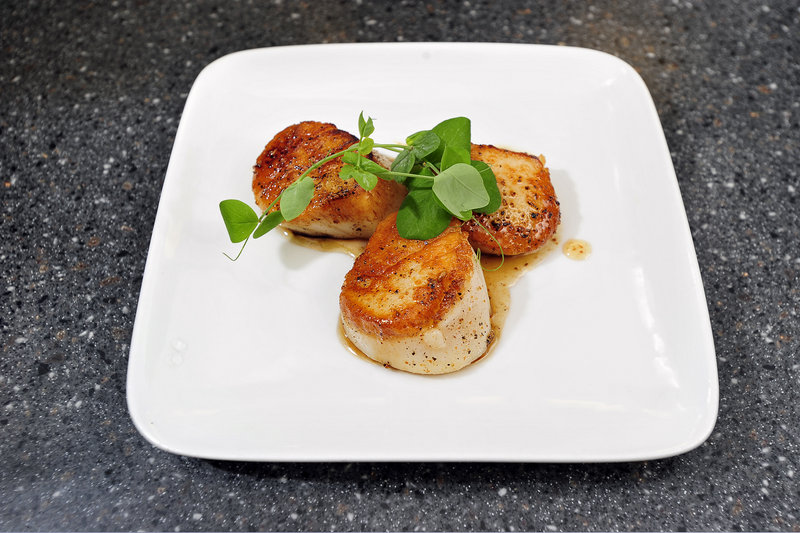
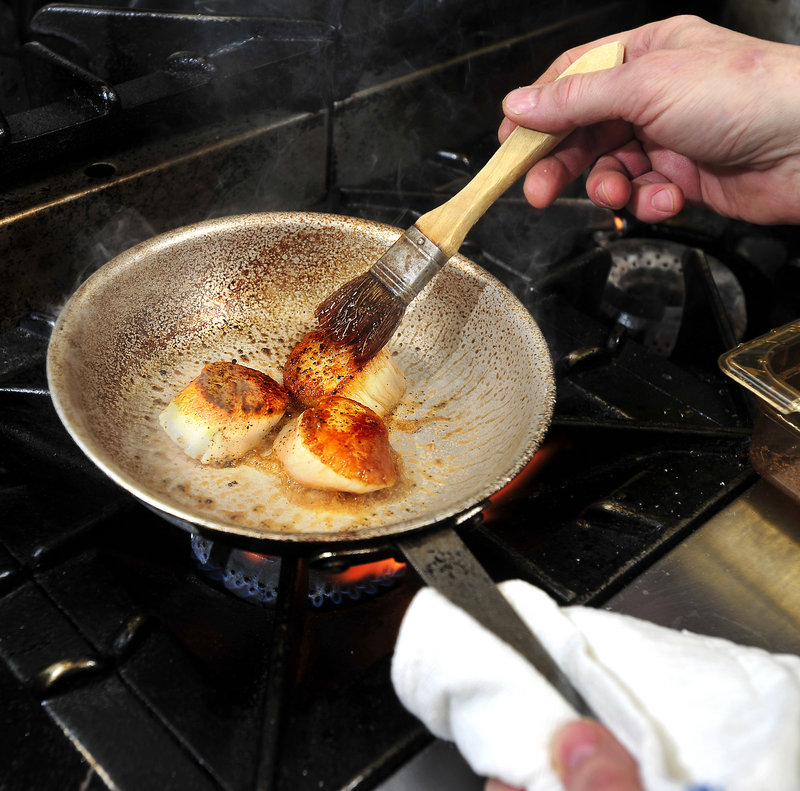
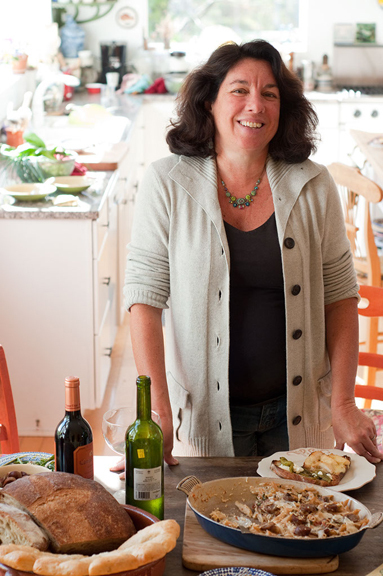

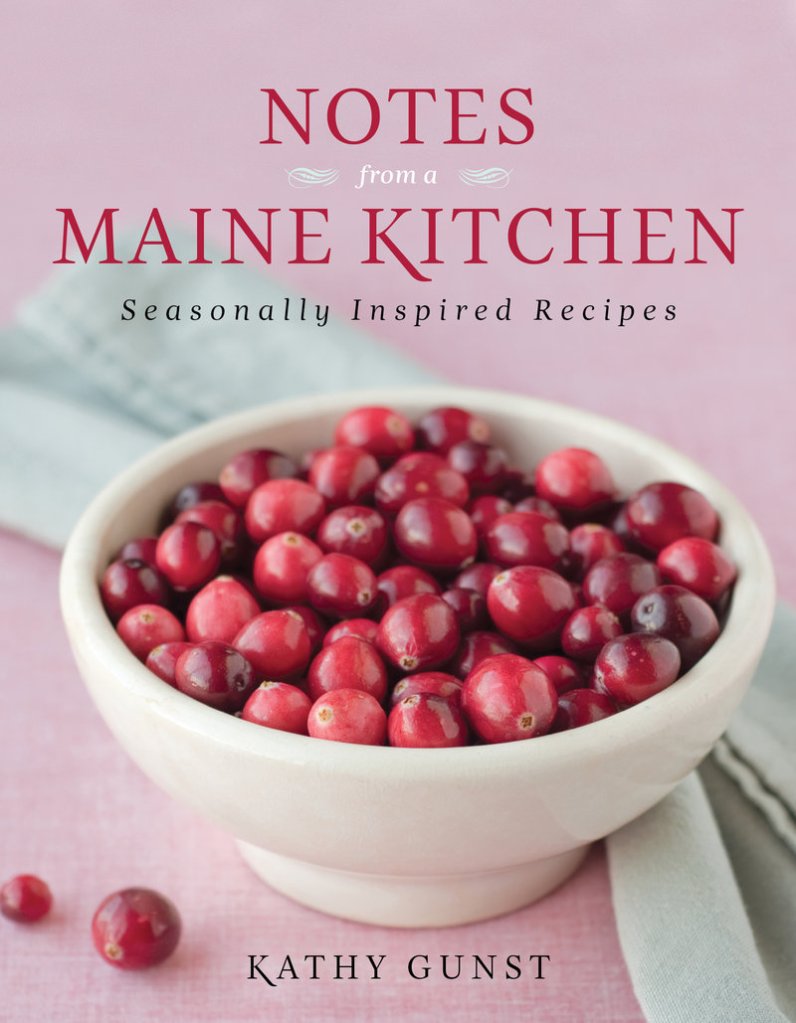
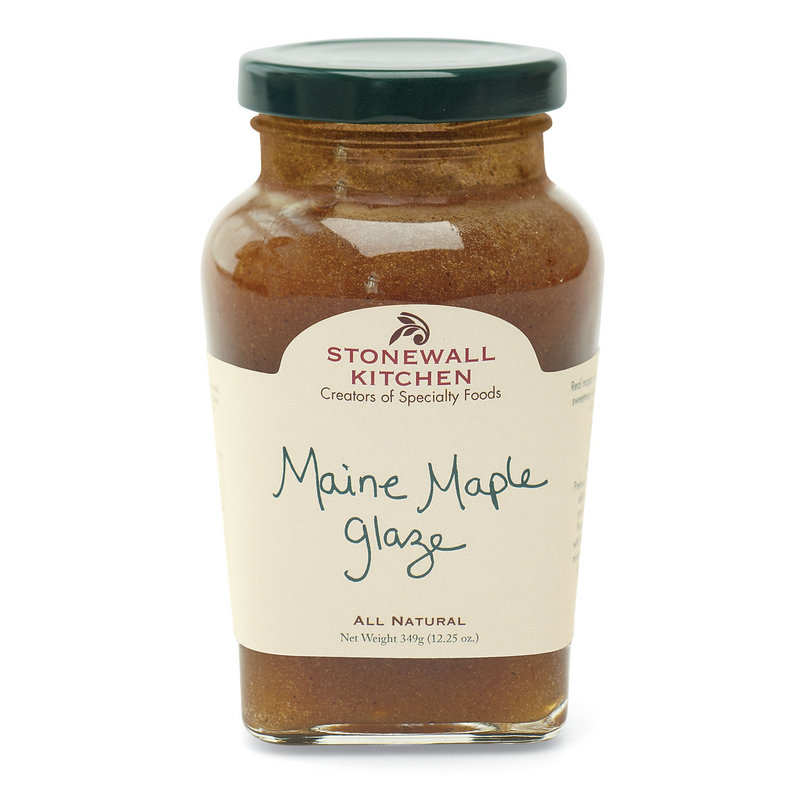

Comments are no longer available on this story